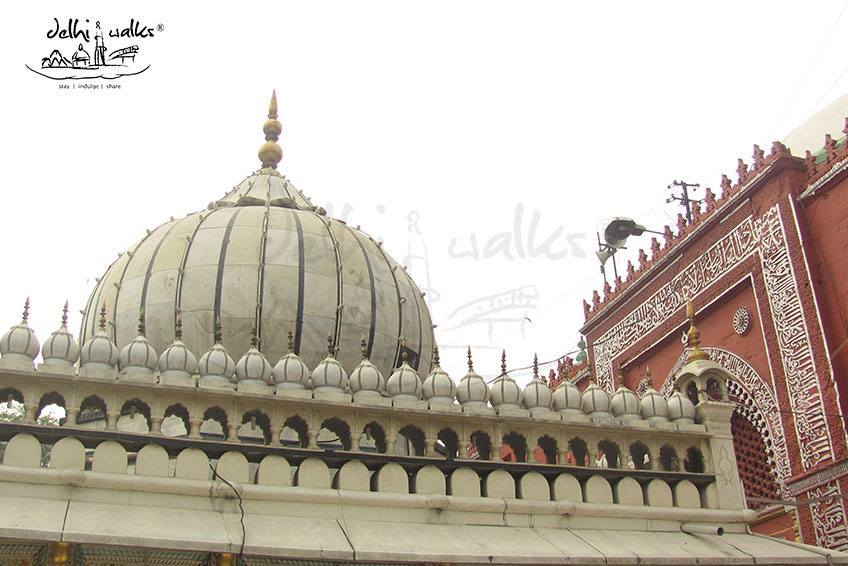Tracing the Sufi Roots: Sheikh Nizamuddin
A veteran Sufi saint and the disciple of Baba Farid-ud-Din Shakar-i-Ganj, entombed in Delhi in an area which was earlier known as Ghiyaspur, it was the area where Kaiqubad- the grandson and successor of Balban shifted his capital from Delhi. Located 5 miles from modern day Delhi is Ghiyaspur, today known as the Nizam-ud-Din area deriving name from the veteran Sufi saint entombed here. Despite the fact that the saint died some 700 years ago the shrine even today is a active pilgrimage site where people from all walks of life are welcomed and no discrimination is done on the basis on religion, caste or creed. The main shrine of Shaikh Nizam-ud-Din is surrounded by a number of other tombs like that of Amir Khusro who was the most beloved disciple of Shaikh Nizam-ud-Din, the saint was so close to Amir Khusro that his last wish was that Khusro should be buried near him but due to constant rebellion by the peerzadas after the death of Shaikh Nizam-ud-Din Amir Khusro could not be buried near him and he was allotted a place at what was known as chabutra-i-yaarani, where Shaikh use to deliver a sermon to his disciples.
Jahan Ara Begum the beloved daughter of Mughal emperor Shah Jahan also lies buried here; she built a tomb for herself in her life time. Other later Mughal emperors like Muhammad Shah rangeela during his reign the central Asian invader Nadir Shah attacked Delhi and took away the famous Kohinoor diamond and Takht-i-taws i.e. the peacock throne of Emperor Shah Jahan. A medieval historian named Zia-ud Din Barani is also entombed here; he has to his credit the composition of great Historical works like Tarikh-i-Firuzshahi, Fatwa-i-Jahandari. The Dargah complex houses a number of tombs and Baolii.e. a step well which acted as a bone of contention between the Sufi saint and emperor Ghiyas-ud-Din Tughlaq because the labor which was working for the construction of Tughlaqabad fort on the orders of Ghiyas-ud-Din Tughlaq was also working on the construction of this Baoli for Shaikh Nizam-ud-Din. When the emperor heard of this he was furious and commanded the labor to only work for him and not for the saint, the laborers out of their devotion towards the saint started working for him at night after working for the Emperor during the day. The emperor when informed was further agitated and he banned the sale of kerosene oil to Shaikh Nizam-ud-Din. It was now that a miracle was performed by the saint and the water from the baoli worked as good as kerosene oil to lighten the earthen pots.
A lot of stories revolve around the miracles, selfless personality of Shaikh Nizam-ud-Din. People in large numbers visit the Dargah of the saint especially on Thursdays as a routine pilgrimage and offer flowers, chadars, incense sticks, food to the poor people to gain spiritual merit. A common practice here is to tie a red sacred thread for a wish, once the wish is fulfilled one has to come and open the thread and feed poor people or offer what they has sentenced when they made a wish. The entire Nizam-ud-Din area is a living cultural tradition having various aspects to itself, for some it is a religious and spiritual affair on the other hand for the others it is a fascinating glimpse of the functional tomb veneration in Delhi.



